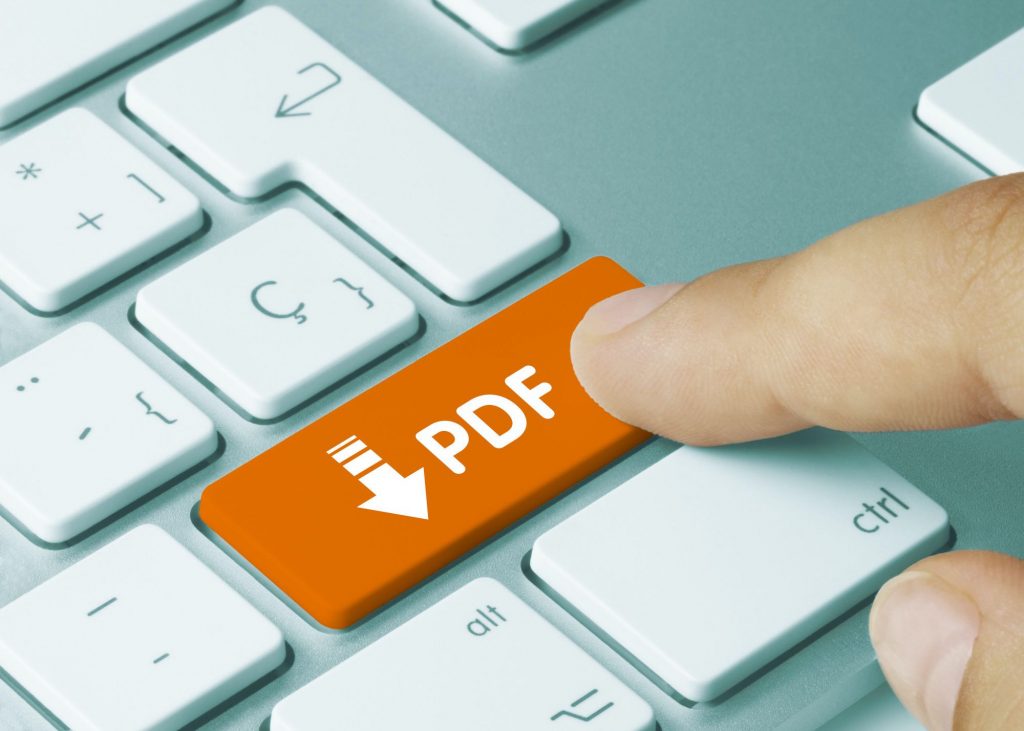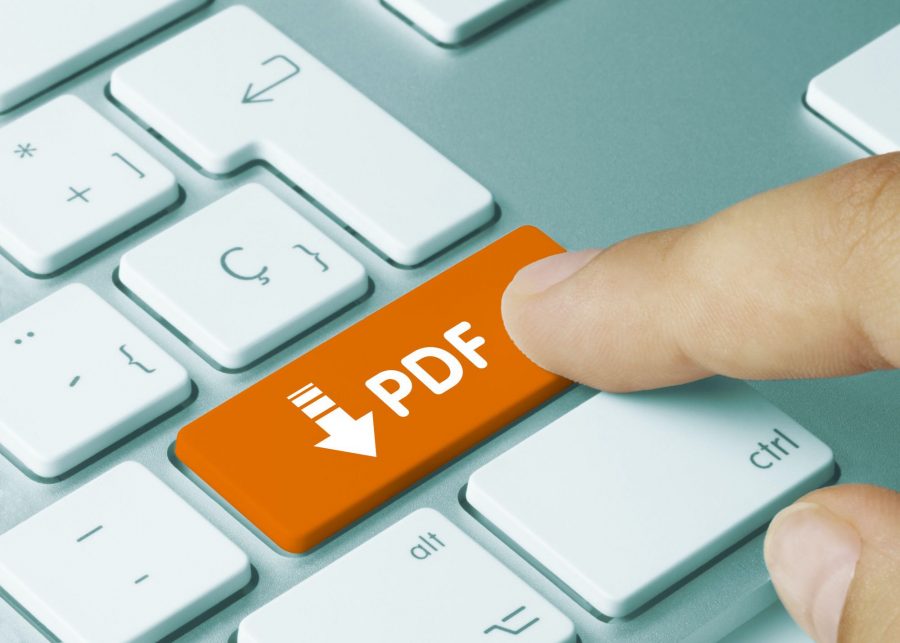What Are PDF Files? The Complete Tech Guide
The PDF is considered the world’s most important file format, and chances are you’ve opened several of them yourself even if you’re not a computer whiz. Ever since Adobe Systems introduced the PDF to the public in 1993, it’s helped people do everything from complete their taxes to read books online.
But what are PDF files exactly, and why are they so—well, cool? Here’s everything you need to know about this revolutionary and fascinating computer tool.

What Are PDF Files?
First things first: PDF stands for Portable Document Format. It’s a file format that allows a computer or mobile device user to view the content without the use of special software and independent of an operating system.
To give an example, if you needed to open and view a Powerpoint presentation, you would need Microsoft Powerpoint software installed on your computer to be able to do so. But with PDF files, you just need Adobe Acrobat Reader (which is free) to open and view the document. In fact, you can save a Powerpoint presentation as a PDF and then email it to someone who doesn’t have Powerpoint installed on their computer and they’d be able to open it.
Your web browser should also be able to open a PDF document directly instead of opening it using Acrobat Reader. It will also allow you to download and save it to your computer. And it doesn’t matter if you’re viewing it on a Mac or a PC—either will allow you to read the file.
History of the PDF
The PDF was developed by Adobe Systems in 1992 and officially introduced the following year. This is the same company that gave us Photoshop, Illustrator, and other immensely popular graphic design software applications.
Initially, the PDF was mainly adopted by the IRS as a way of allowing taxpayers to easily download tax forms online and ease the workload of mailing printed tax forms to everyone in the U.S. But it quickly became obvious that the PDF could be used by a wide variety of businesses.
Just about any kind of document can be converted into a PDF. A case study or newsletter can be created using design software and then saved on a company’s website as a PDF where any viewer can read and download it. Any document can be scanned and emailed as a PDF file.
PDF files are incredibly convenient, easy to use, and don’t require any technical skills to open.
Benefits of PDF Files
As mentioned, a major benefit of using PDF files is that you don’t have to worry about the viewer not having the proper software installed on their system to view the file. Converting a document into a PDF eliminates that hassle and makes it visible to anyone you share it with.
However, another important benefit is that PDF documents can’t be tampered with. With some exceptions, they’re not meant to be changed or edited by another party.
They also help preserve document formatting, especially when it comes to Word and graphic design documents. Even if another person has Word on their computer, a Word document sent to them by another person may look different. That’s because they may not have the same fonts or version of the Word software installed.
As a result, the formatting may change when they open the Word document using their particular device and version of the software. But a PDF file preserves all formatting so that it stays consistent from viewer to viewer. That is one reason why it’s a good idea to make a PDF of your resume if you’re a job seeker so that the document looks the same no matter which employer you submit it to.
PDF files are also easy to create, which is another reason why they’re so popular. To create a PDF file, you just need to select Print from your software application’s menu. PDF will be listed among the print options.
Your created file will include .PDF as the file suffix to identify it.
Compressing PDF Files
One disadvantage of PDF files is that they can be quite large, especially if they contain a lot of images. Fortunately, it’s easy to compress a PDF file for emailing. Adobe Acrobat gives an option to save the file as a Reduced Size PDF.
There are also free apps you can download that will compress a PDF file. Visit https://setapp.com/how-to/compress-pdf-files for detailed steps on reducing a PDF file step-by-step whether you use a Mac or a PC.
Editing PDF Files
There are some PDF files that allow for editing. They’re mostly files that contain fields that need to be filled out. IRS tax forms are the most common PDF files that contain form fields that can be filled out using your keyboard.
If you have Acrobat (not Reader but the full version) installed on your computer, you’ll be able to highlight text or add a comment to a PDF file. The software can be expensive; however, there are many free PDF tools online that can help you make minor edits to a document. Some of these will even help you convert PDF files into other formats including Word so that you can make edits there directly.
You can also merge two or more PDF files into one file. If you use a Mac, you can open a PDF in Preview, then select a page thumbnail where you wish to insert another PDF file.
PDF: The File Format That’s Here to Stay
Now that you know how to answer someone if they ask what are PDF files, it’s safe to say that they are probably going to be around for decades to come. There hasn’t been a real competitor since they were created nearly 30 years ago.
If you’d like to learn more about computer basics and file formats, visit our Tech Articles archive!


















